posted on: December 7, 2023
This post is sponsored by TiZO
By Kathy Dwyer
Superficial chemical peels are highly sought after by clients to improve the appearance of fine lines, wrinkles, rough texture, and other signs of aging and ultraviolet (UV) damage—and with good reason. Superficial chemical peels with ingredients such as retinol or AHAs like glycolic acid or lactic acid are safe, noninvasive treatments with little to no downtime. They are far more affordable than many other treatments and can be used safely across a range of skin types, with some adjustments made for darker skin tones.
The term chemical peel can sound ominous to the client who has never experienced one, so it’s important to share how and why a superficial peel works, what its effects are, and how it differs from other treatments. A superficial peel starts with exfoliation—the process of removing the topmost layers of the skin—which in turn encourages and helps normalize the skin’s cellular turnover.
The Skin Cycle
Cellular turnover is crucial for maintaining the health and luminosity of the skin. It is a natural process of the body in which new skin cells, called keratinocytes, are constantly produced in the deepest layers of the epidermis and travel up through the other layers of the skin during their brief life cycle. When they reach the outermost layer, they die and shed from the skin at about the same rate as new cells are developing in the deepest layers. In normal adult skin, the entire cycle takes about 28 days but, like so many natural processes, it slows down with age and can take 40 days or longer for those over age 50. Sun exposure, stress, and diet can also contribute to slower cellular turnover.
When the rate of cellular turnover becomes imbalanced, the older, duller skin cells can accumulate more on the skin surface. This has the effect of hiding the younger, healthier cells underneath, but also results in uneven texture, fine lines and wrinkles, discoloration, and lack of elasticity and tone.
The Role of the Peel
So how does a superficial chemical peel help alleviate these signs of aging? A superficial chemical peel exfoliates by breaking the bonds between the dead cells that accumulate on the outermost layers of your skin and the younger cells underneath. This allows the dead cells to slough off more quickly than they would on their own and helps increase the process of natural cellular turnover. Removing the dead surface cells has the immediate effect of revealing or “unveiling” the smoother, brighter complexion below. And because exfoliation stimulates the cellular turnover process over time, newer, fresher cells rise more quickly to the surface, resulting in a visible reduction in fine lines and wrinkles, and a plumper, more luminous complexion, with less visible discoloration.
As superficial peels work only in the epidermis, or outer portion of the skin, they do not address deeper skin damage such as severe wrinkles, extensive sun damage, or deep acne scarring. Since superficial peels work gradually, they are often given in a series to achieve optimal results, with a few weeks separating each peel. These results keep your clients coming back.
TiZO
AHA/Retinol Peel Protocol
For lines, wrinkles and photodamage
Step 1
Before beginning, remind your client of what to expect during and after the peel process. Make sure the client isn’t sensitive to any of the peel ingredients, including retinol, doesn’t have a tree nut allergy, and hasn’t used topical retinoids in the past two weeks.
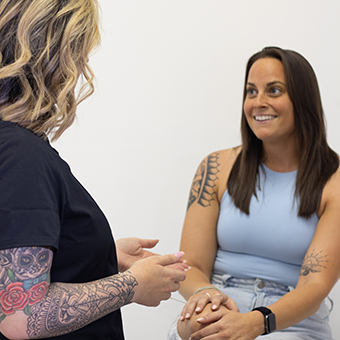
Step 2
Cleanse the skin with TiZO Photoceutical Foaming Cleanser. Apply petrolatum to any areas that should be protected, including the lips and around the eyes.
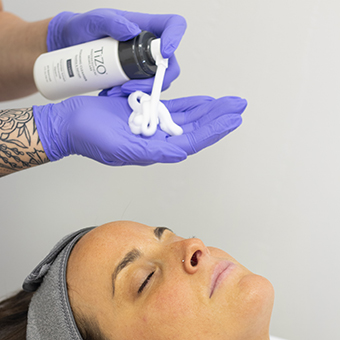
Step 3
Apply the Rapid Exfoliator Peel solution evenly to the skin using a fan brush or applicator. The AHA peel may be left on the skin for up to five minutes. If desired, you may rinse with cool water before neutralizing.
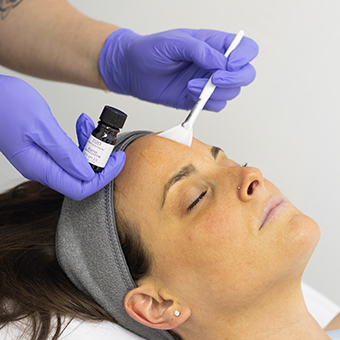
Step 4
Neutralize the AHA Peel with Neutralizer Mist. You will see slight bubbling during neutralization. Repeat until bubbling stops, then gently rinse and cleanse.
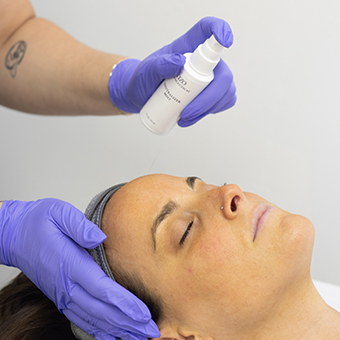
Step 5
Apply an even layer of 10% Retinol Reversal and let it dry.

Step 6
Once the Retinol Reversal is dry, apply a gentle mineral sunscreen such as TiZO Ultra Zinc Non-Tinted SPF 40.
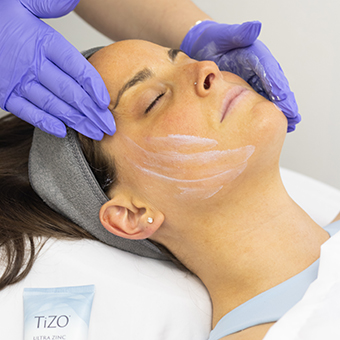
Step 7
The client may go home with the retinol and sunscreen on their skin and can wash it off after eight hours (four hours if their skin is sensitive) or at bedtime. Do not give the client extra retinol to take home with them. Remind the client of the post-peel care instructions.
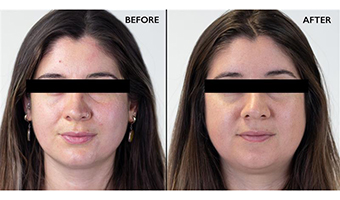
- Log in to post comments
